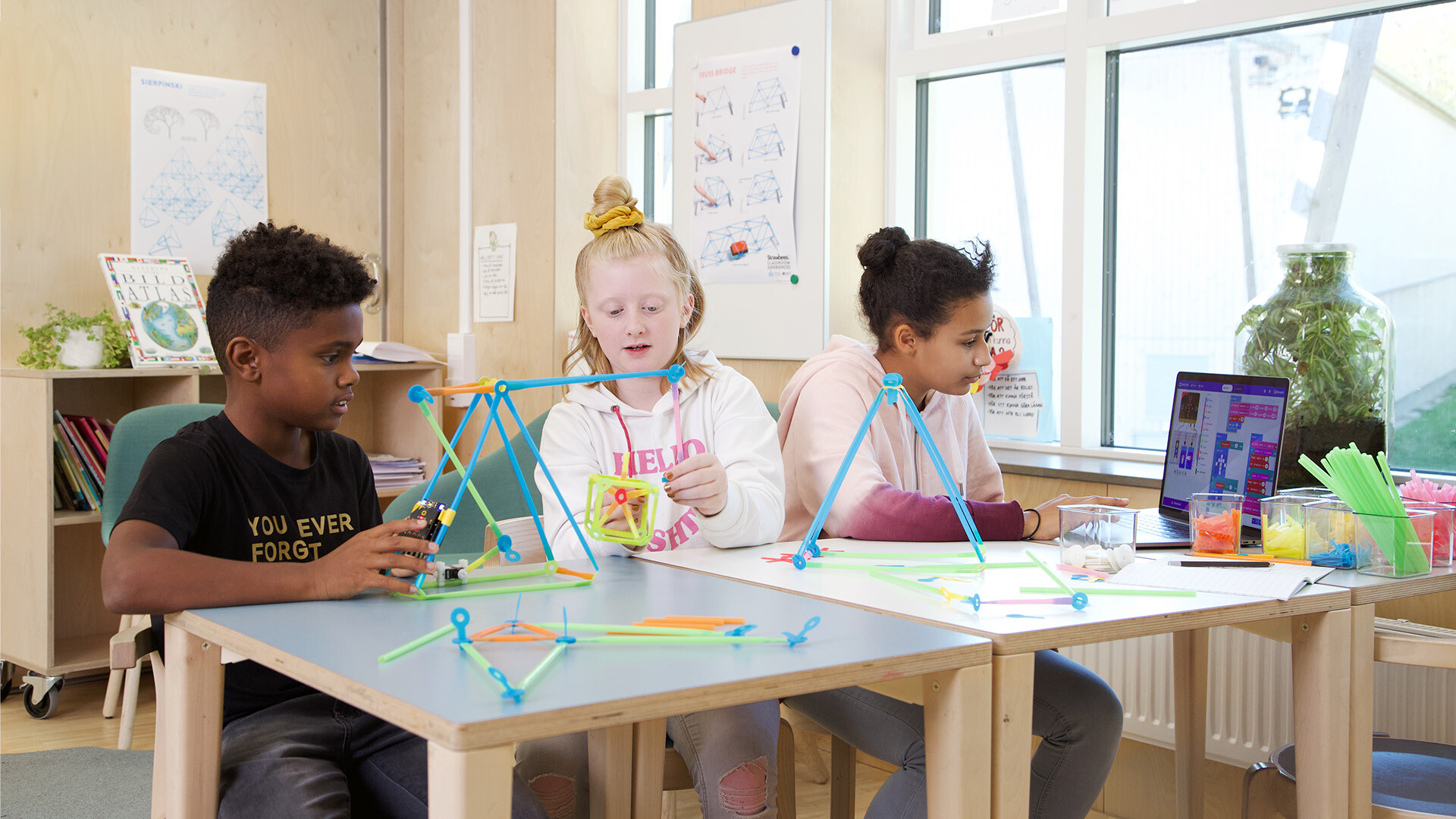The Importance of Cross-Curricular Learning in Enhancing STEAM Education
The integration of STEAM (Science, Technology, Engineering, Art, and Math) education has proven to be a critical component of modern curricula. As educational frameworks evolve, cross-curricular learning emerges as a strategy to foster a holistic learning environment where students apply skills and knowledge across multiple subject areas. This blog post highlights the significance of integrating cross-curricular learning within STEAM education and provides actionable insights for educators to implement this approach in their classrooms.
What is Cross-Curricular Learning?
Cross-curricular learning involves the interconnected teaching of different subjects, emphasizing the integration of knowledge and skills from various disciplines to offer a more cohesive educational experience. This approach encourages students to see the relevance and application of their learning in real-world contexts, enhancing their problem-solving and critical-thinking abilities.
Why is Cross-Curricular Learning Important in STEAM Education?
Enhanced Problem-Solving Skills: By integrating different subject areas, students develop a multifaceted approach to problem-solving, making them more adaptable and innovative thinkers.
Real-World Applications: Cross-curricular learning bridges the gap between theoretical knowledge and practical application, preparing students for real-life challenges.
Fosters Creativity and Innovation: Combining subjects like art with science and technology spurs creativity, leading to innovative solutions and ideas.
Collaborative Learning: This methodology promotes collaboration among students, as they work in teams to tackle complex projects that require diverse skill sets.
Holistic Development: Students gain a comprehensive understanding of concepts and their interrelationships, contributing to their overall intellectual and personal growth.
Practical Integrating Cross-Curricular Learning with Strawbees
1. Project-Based Learning Activities
Engineering and Art: Challenge students to design and build kinetic sculptures using Strawbees, combining principles of engineering and artistic creativity. This project can be aligned with art and physics lessons, illustrating concepts like balance, motion, and force.
Programming and Math: Use micro:bit and robotics kits from Strawbees to create programmable structures. Students can learn coding basics while also applying mathematical concepts such as geometry and measurements.
2. Curriculum Integration
Science and Technology: Develop a lesson plan where students create models of ecosystems using Strawbees. Incorporate technology by having them program sensors to monitor environmental conditions, merging biology with computer science.
History and Engineering: Encourage students to reconstruct historical structures or monuments using Strawbees. This project combines historical research with principles of engineering, providing a tangible connection between past and present technologies.
3. Collaborative Learning Projects
STEAM After School Clubs: Organize a STEAM After School Club where students and educators work together on projects. Activities can range from simple engineering challenges to complex programming tasks, fostering a collective spirit of learning and collaboration.
Maker Space Activities: Set up a Strawbees maker space in the classroom where students can freely explore, tinker, and innovate. This space can be used for various interdisciplinary projects, encouraging ongoing engagement with STEM/STEAM subjects.
Professional Development for Educators
To effectively implement cross-curricular STEAM education, ongoing professional development for teachers is essential. Here are some recommendations:
Workshops and Seminars: Participate in or host workshops that focus on integrating STEAM and cross-curricular learning. These sessions can provide hands-on experience and share best practices for curriculum development.
Online Courses: Enroll in online courses that offer training in STEAM education and cross-curricular strategies. These courses often provide flexible learning schedules and can be tailored to individual needs. Platforms such as Strawbees Classroom offer a wealth of materials and support for integrating STEAM education into your teaching practice.
Collaborative Networks: Join professional networks and online communities where educators share resources, lesson plans, and experiences. These can usually be found on social platforms and educational forums.
Lesson Plan Example from Strawbees Classroom: Building a Sustainable City
Below is a scaled-down example of a lesson plan from Strawbees Classroom. To view the complete lesson plan visit Starwbees Classroom - Urban Planning lesson from the City Building Course.
Objective: To design and build a model of a sustainable city incorporating engineering, environmental science, mathematics, and art.
Materials Needed:
- Strawbees construction kits
- micro:bit or other programmable controllers
- Recycled materials (cardboard, bottles, etc.)
- Art supplies (paints, markers, etc.)
Procedure:
Research and Planning: Students research sustainable urban planning and the principles of renewable energy. They plan their city layout, discussing how different elements like housing, transportation, and green spaces will be incorporated.
Design and Build: Using Strawbees kits and recycled materials, students design and construct their city model. They integrate micro:bits to add programmable features like automated traffic lights and renewable energy sources.
Presentation and Reflection: Students present their city models, explaining how they applied cross-curricular knowledge in their designs. They reflect on the challenges faced and the solutions developed, highlighting the importance of collaboration and innovation.
Cross-curricular learning within STEAM education not only enhances students' academic skills but also prepares them for the complexities of the real world. By leveraging STEAM products and tools and adopting an integrated approach to teaching, educators can create a dynamic and engaging learning environment. This methodology not only makes learning more relevant and interesting for students but also fosters a culture of innovation and creativity that is essential for future success.
By embracing cross-curricular learning, we can ensure that students are not just passive recipients of information but active, engaged learners ready to tackle the challenges of tomorrow. Let's work together to create a future where education is not confined to silos but is a vibrant, interconnected ecosystem of knowledge and innovation.
You May Also Like
These Related Stories

21st Century Skills in STEM Education and STEAM Education: Empowering Students to Innovate and Problem-Solve

Building Confidence in the Classroom: Empowering Learners in STEAM Education


